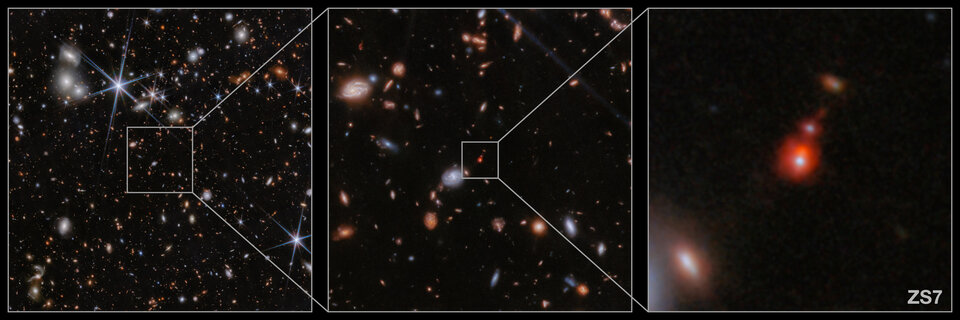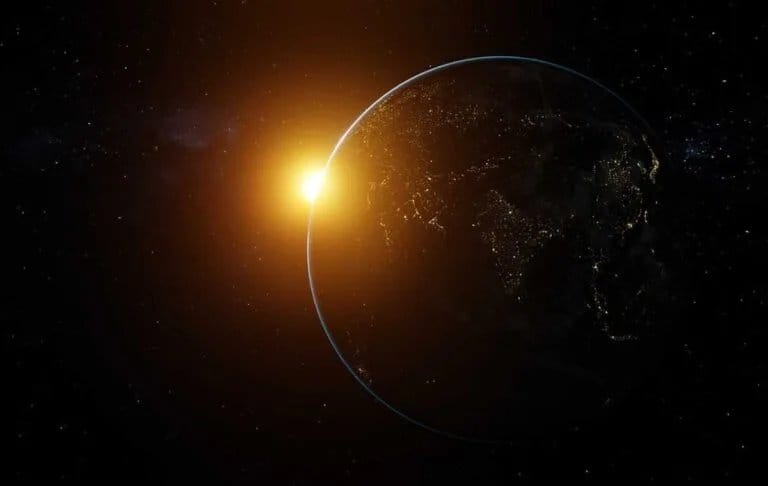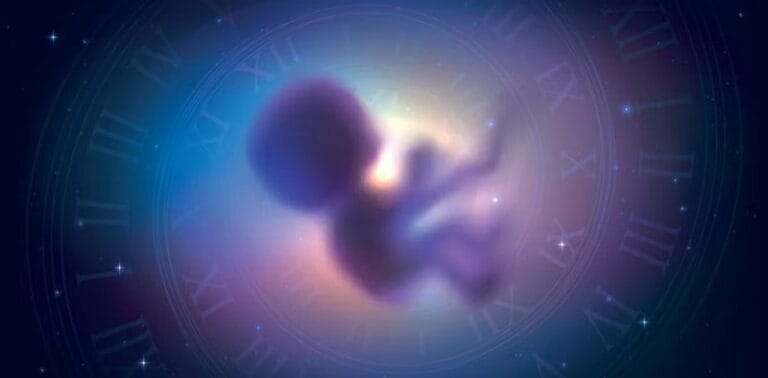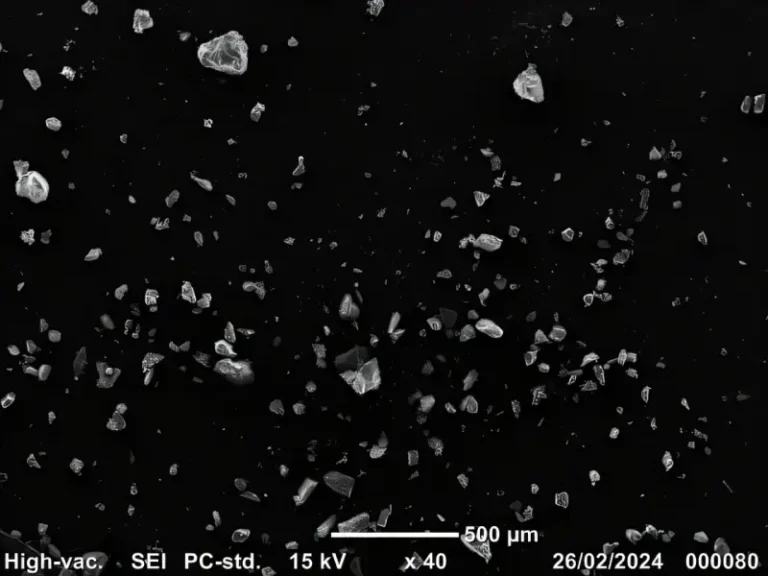James Webb spots most distant black hole merger yet

In a groundbreaking discovery, astronomers have used NASA’s powerful James Webb Space Telescope to detect the most distant merger of two massive black holes ever observed. This remarkable event, which occurred when the universe was a mere 740 million years old, offers an unprecedented glimpse into the rapid growth of supermassive black holes in the early cosmos.
The international team of researchers found evidence of an ongoing galactic merger, with two galaxies and their central black holes in the process of coalescing. The system, known as ZS7, represents the first time such a phenomenon has been detected so soon after the Big Bang, shedding new light on the enigmatic formation and evolution of these celestial behemoths.
Supermassive black holes, with masses millions to billions of times greater than our Sun, reside at the heart of most massive galaxies, including our own Milky Way. Their immense gravitational pull shapes the very fabric of galaxies, profoundly influencing their evolution. However, the process by which these black holes attained such staggering sizes so soon after the universe’s birth has long puzzled astronomers.
“Our findings suggest that merging is an important route through which black holes can rapidly grow, even at cosmic dawn,” explained lead author Hannah Übler of the University of Cambridge. “Together with other Webb findings of active, massive black holes in the distant Universe, our results also show that massive black holes have been shaping the evolution of galaxies from the very beginning.”
Thanks to Webb’s unprecedented imaging capabilities, the team was able to spatially separate the two black holes in ZS7. One of these behemoths boasts a mass 50 million times greater than our Sun, while the other, shrouded in dense gas, is likely of comparable magnitude.

The team detected distinctive spectroscopic signatures associated with actively accreting black holes, including dense, rapidly moving gas in their vicinity and hot, highly ionized gas illuminated by the intense radiation emitted during accretion episodes.
“We found evidence for very dense gas with fast motions in the vicinity of the black hole, as well as hot and highly ionised gas illuminated by the energetic radiation typically produced by black holes in their accretion episodes,” Übler explained.
This groundbreaking discovery not only sheds light on the rapid growth of black holes in the early universe but also has profound implications for the study of gravitational waves – ripples in the fabric of space-time predicted by Einstein’s theory of general relativity.
“Once the two black holes merge, they will also generate gravitational waves,” the team notes. Events like this will be detectable by the upcoming Laser Interferometer Space Antenna (LISA) mission, the first space-based observatory dedicated to studying these elusive cosmic messengers.
“Webb’s results are telling us that lighter systems detectable by LISA should be far more frequent than previously assumed,” shared LISA Lead Project Scientist Nora Luetzgendorf of the European Space Agency. “It will most likely make us adjust our models for LISA rates in this mass range. This is just the tip of the iceberg.”
- See also: Exoplanet WASP-69b has a cometlike tail
The team has been awarded a new Large Programme in Webb’s Cycle 3 observations to study the relationship between massive black holes and their host galaxies in the first billion years of cosmic history. A key component of this program will be to systematically search for and characterize black hole mergers, determining the rate at which they occur in the early universe and assessing their role in the rapid growth of black holes and the production of gravitational waves from the dawn of time.
This groundbreaking discovery not only illuminates the rapid growth of black holes in the early universe but also promises to reshape our understanding of these enigmatic objects and their profound impact on the evolution of galaxies. As Webb continues to probe the depths of the cosmos, it is poised to unveil even more insights into the mysterious cosmic dawn.
These results have been published in the Monthly Notices of the Royal Astronomical Society.






